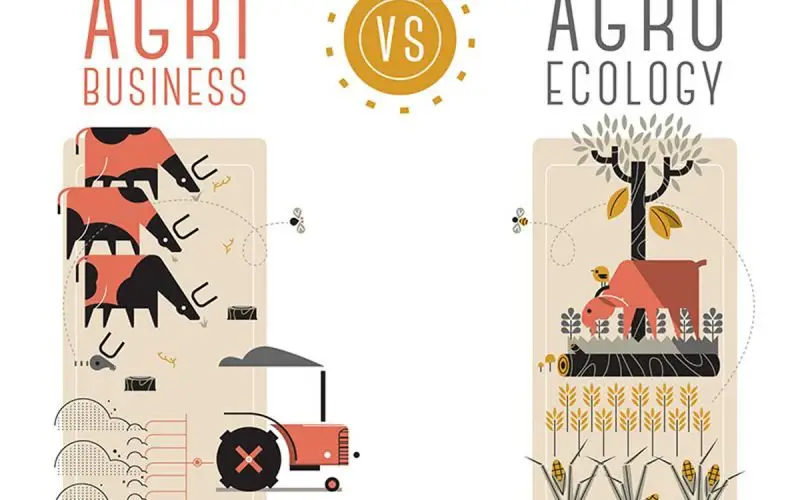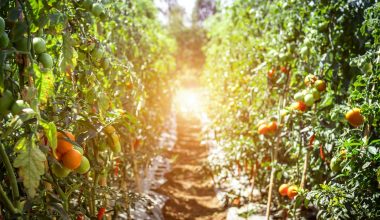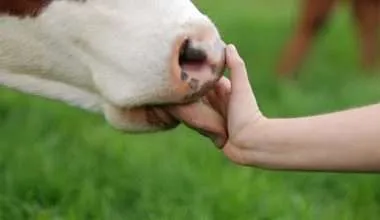Table of Contents Show
What is Agroecology?
Agroecology is said to be the foundation of sustainable agriculture. It is the practice and science of applying ecological concepts, knowledge, and principles to the design and management of sustainable farms. It provides us with a robust set of solutions to environmental and economic pressures that are faced by agriculture today.
Agroecological farming helps us fight weather patterns that are constantly changing due to climate change and global warming, along with preserving natural resources of our planet. In short, it is the best path forward to feeding the world.
The current industrialized food system of our world has gone into complete turmoil, with constant reliance on synthetic and highly toxic pesticides and other chemical inputs that cause degradation of the soil, threatening pollinators and causing water pollution.
By shifting policies related to farming and applying Agroecology, we can create a sustainable food system to sustain our current and future generations. These food production systems will be filled with resilience, equity, and sustainability.
Benefits of Agroecology
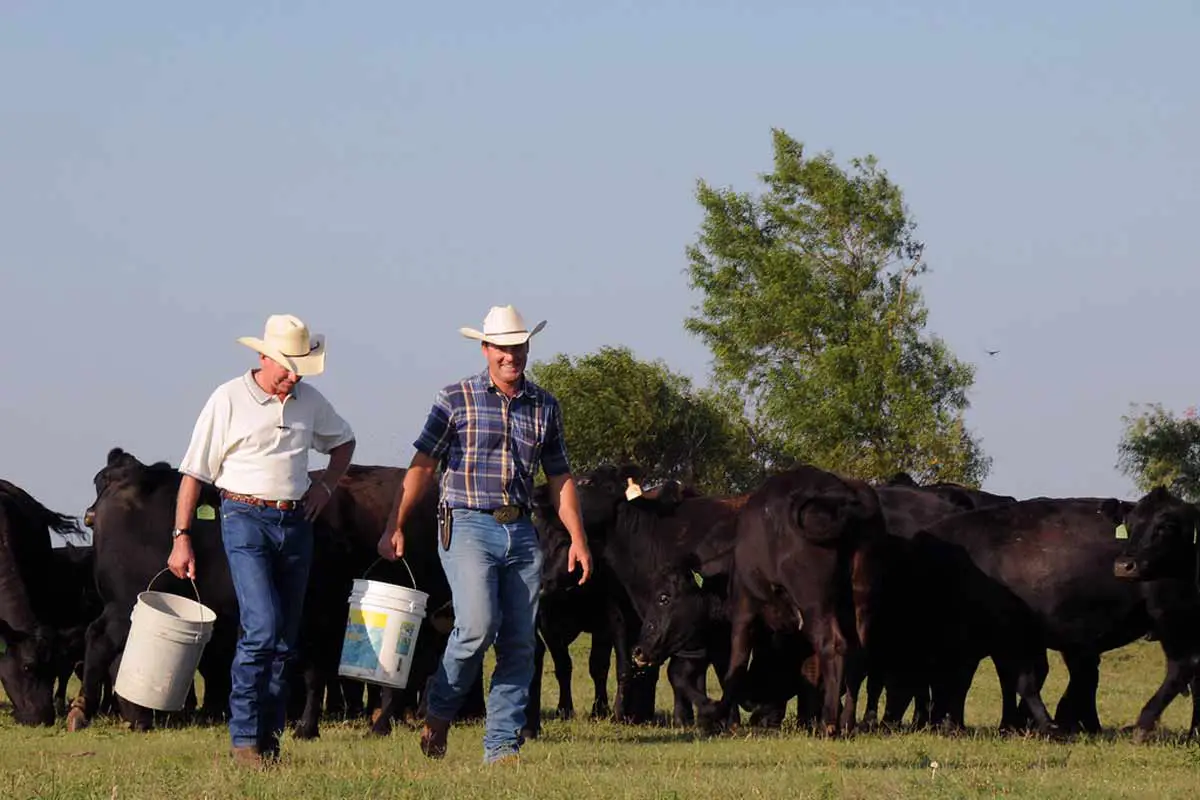
Agroecological farming recognizes that agricultural approach needs to be multifunctional in dimensions. It should holistically combine scientific and indigenous knowledge and practices.
Thus, farming system should be productive in terms of food output and economics. It should also create social, cultural, and environmental connections which are beneficial.
Studies and data have suggested that Agroecological approach increases ecological resilience, health and nutrition, biodiversity and natural resource conservation, and produces a much more economically stable environment.
Additionally, adopting this agricultural practice will help to mitigate the effects of climate change by reducing dependency on fossil fuels and fuel-based agricultural products.
Agroecology endorses formal scientific research and analysis. It values collaboration and dialogue amongst farmers, researchers, and indigenous communities. It relies on the vast knowledge of cropping systems and farm ecologies such as pest control, soil fertility, seed variety, and more.
Ecological agriculture makes farms more resilient to various natural disasters, climate change impacts, and the stresses created by economic and environmental systems.
Many small-scale farmers vulnerable to damages from natural disasters have adopted agroecological methods to withstand the more adverse effects.
Brief History of Agroecology
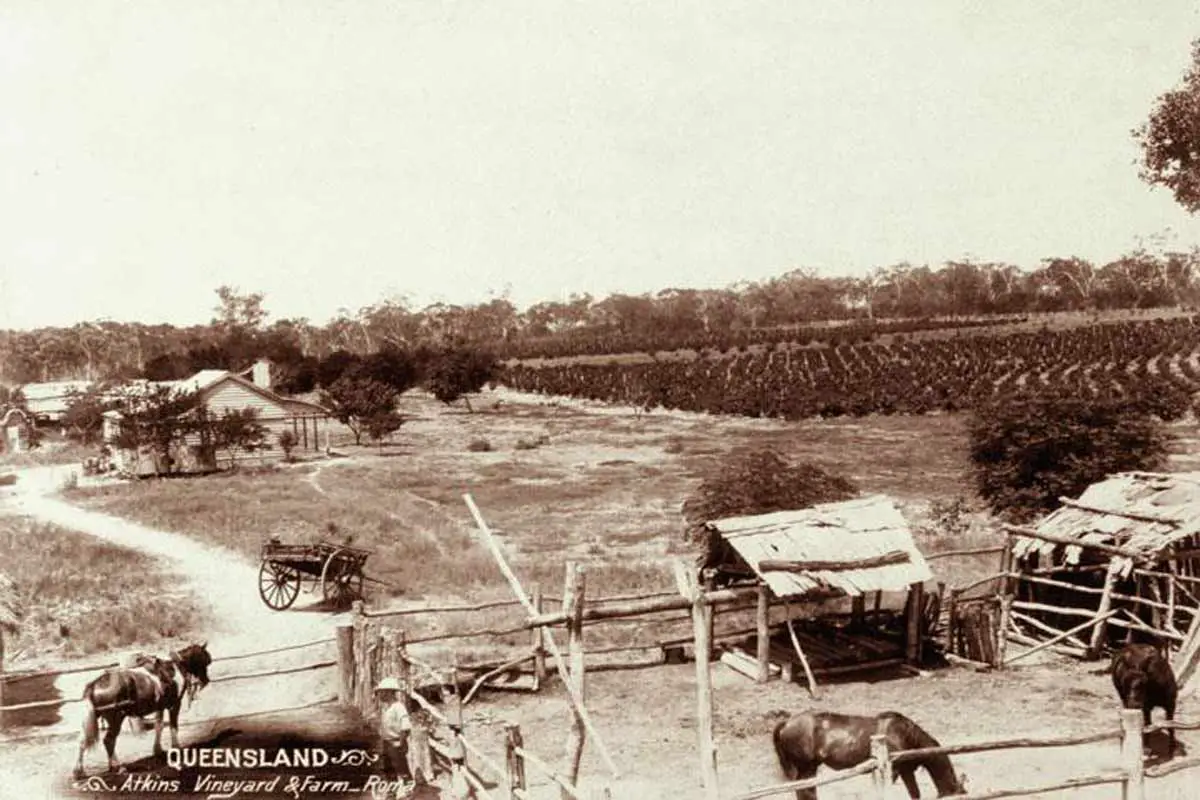
In the sixties, Rachel Carson finally went on to bring the science of ecology out from the academic woods into the mainstream political and social discourse. Even before this, organic gardening had been ongoing since a thousand years!
The application of science to real life (the conscious sense of organic gardening) was given a boost by the University of California when ecological science was brought together with agriculture. This may have formed the basis of ecological farming or Agro-ecology, as we formed an Agro-ecosystem.
The work of Alan Chadwick at the University of California was crucial at that time as he went onto bring biodynamics into the picture.
Currently, Miguel Altieri at the University of California and Steve Gliessman at UC Santa Cruz are going hard at Agroecology. Internationally, work is also being carried out by various scientists like Christos Vasilikiotis, who is currently based in Greece.
Importance of Agroecology

Agroecology doesn’t try to achieve short term benefits and rarely involves short term goals. It aims to improve long-term health and sustainability of our agricultural systems. Therefore, stewardship of this important base of the human food chain is adjusted.
It completely removes our dependency on petrochemical and oil products for cultivation of plants. It uses resources like water more efficiently and prevents wastage of natural resources. Thus, soil ecosystems are much well preserved.
Agroecology invites participation by professionals and non-professionals in ideas and activities that are cognitively and emotionally rewarding to humans. Its sustainable methods help to eventually add aesthetic as well as promote a healthy human environment.
Agroecological Principles and Practices

Diversity
Choosing to diversify is essential in agroecological transitions. It’s the best way to ensure food security and nutrition while conserving, protecting, and enhancing natural resources.
Synergies
By building synergies and synergistic connections; key functions across food systems gain enhancements, supporting food production and multiple ecosystem services.
Co-creation and knowledge sharing
Local challenges are handled more conveniently if they are co-created through participation from individuals. Think of it like this. You’d be much more invested into a farm you helped design as compared to just another local farm.
Efficiency
Agroecological practices promote the use of innovative ideas that can be implemented in the agricultural sector. This will, in turn, help to produce more and help limit the use and abuse of external resources.
Recycling
Recycling in agricultural production would ensure lower economic and environmental costs. This way, products can be used again with minimum effects on the environment.
Resilience
Enhancement of resilience of various individuals, communities, and natural ecosystems is vital to promoting sustainable food supply and agricultural systems.
This resilience is to changing climate, weather conditions, pests, disease, droughts and other forms of variations.
Cultural and food tradition
A healthy, diverse, and balanced diet produced by Agroecology will contribute to food security and nutrition; All the while maintaining health of ecosystems.
Human and social values
Agroecology will help to secure rural livelihoods of many, providing equity and social well-being for people in and around the agricultural sector.
A strong economy
A circular and solidarity economy provides innovative ideas and solutions to both the producer and the consumer. These solutions are to live within the confines of our planet’s resources and limits, while ensuring the social foundation for inclusive and sustainable development.
Successful Agroecology Examples
- Application of Beta-carotene rich weeds in traditional rice fields led to an increase in nutritional and biological diversity.
- The Push-pull strategy has helped control the Striga weed, improved soil fertility and enhanced water retention.
- The efforts in Cuba have led to increasing agricultural biodiversity, creating new vegetable and seed markets, increased farm yield and most importantly, reduced the chances of or concerns related to droughts.
- People have started using horses in Cuba, which graze a grass-legume mixture within citrus trees. They’re naturally acting as weed controllers and natural fertilizers. This has made Cuban farms more productive and economical.
5 Levels of Agroecology
Gleissman made an amazing framework to classify food systems change into ‘levels’. Initially, Agroecology used to involve 3 levels of implementation only. The first three levels involve local practices which farmers can take to transform their farm from industrial to conventional agroecosystems.
These levels are much more suited to family farmers, but any and all farmers are invited to this farming practice.
The two higher levels go beyond the scope of agroecological farmers and involves the food system in general, focusing towards national and global food sovereignty.
Level 1: Increase efficiency of current practices
Level 1 involves more efficient use of industrial inputs, e.g. fertilizers. Higher efficiency will reduce inputs and their related adverse effects.
Lots of conventional agricultural research has been conducted on this matter. That research has provided us with a number of innovations which have led to the development of modern agricultural technologies and practices.
That research and concerned methods HAVE improved farm yields. These methods include better seeds, planting design and density, efficient use of farm chemicals and effective use of water. This can also be termed precision agriculture.
Admittedly, this research and innovation has reduced negative effects of industrial agriculture. It, however, does not separate the farm from its reliance upon non-renewable external material inputs and monoculture farming. Separating from that dependence is a key goal to achieving food sovereignty.
Level 2: Change Inputs and Practices
The goal of agroecological transition at this level is to change the input-intensive and environmentally damaging products and practices with those that are renewable, sourced naturally and more eco-friendly. This is just like you’re starting to embrace organic farming.
Just as you check what you eat to keep healthy, you keep a check on what you apply on the farm to maintain its health.
Examples of this transition include; Nitrogen-fixing cover crops to replace use of synthetic nitrogen fertilizers, integrated pest management for natural pest control and organic compost to improve soil fertility.
Level 2 is often referred to as input-substitution. Problems associated with industrial farming system are reduced, but not eliminated completely with input substitution.
This level can also be a part of sustainable intensification where yields are increased without any adverse effects on the environment.
Level 3: Redesigning the Agro-ecosystem
At level 3, revolutionizing change occurs at the fundamental level and eliminates root causes of problems that continue to occur at both the previous levels.
Using Level 3, we can do more research on different aspects of whole system conversions and understand major yield-limiting factors.
Agroecosystem design, structure and functioning are deeply understood to implement appropriate changes in design.
A good example of Level 3 implementation is reintroduction of farm biodiversity on farm structure and biodiversity. Actions to implement this could include multiple cropping, permacultures, agroforestry, and integration of animals with crops and considering the farm as one whole system.
Adding Levels 4 and 5.
These three levels were the founding principles of agro-ecology sciences, primarily confined to solving problems on the farm. With development of new alternative markets and combination of food sovereignty movement with agroecology, two more levels were added. Farmers were connecting with other farmers and consumers wanting to buy directly from growers made this technical change into a social movement.
Level 4: Bring Local Growers and Consumers Close; Better Relationships

Level 4 transforms food systems economically and culturally. On a local scale, this level promotes people to prefer buying and eating foods that are in-grown and processed locally. This way a consumer can support farmers trying hard to move through levels 1-3.
This support can be considered ‘food citizienship’ and become a driving force to push agroecological changes in the food system and society as a whole.
You can better understand this more when you observe the food ‘re-localization’ movement with the development of farmer’s markets, community-based agriculture schemes, consumer unions and cooperatives and other marketing activities that shorten the food chain from soil to food table.
You’re reducing the number of hands from the food producers growing the product to the consumer eating it.
Level 5: Build a new Global Food System; Beyond sustainability towards restoration.
On the basis of sustainable agroecological farms developed in Level 4 and new connections developed in Level 4, Level 5 aims to build a global sustainable food system focused on equity, participation, democracy and justice. This level goes beyond sustainability and helps to restore and protect Earth’s natural resources.
Level 5 was introduced as we realized that merely changing food and market systems and allowing markets to take control was not enough.
This depth of change is much more advanced and focused on human behavior and how we define a good life. It pushes people to reset themselves and rethink their basic values, priorities and ethics. This will make us shift our priorities from growth towards embracing sustainably.
Farming goes beyond sustainability and starts to regenerate ecosystems.
The way Agroecological farming and food systems could adapt and reverse to climate change as a global issue is a good example of Level 5 thinking. Another is promoting and contributing to ecosystem services provided by nature to keep air, water and soil healthy.
Applying Agroecology in livestock
If a good agroecological system is developed, animals’ health will improve without the need for regular medication. It then builds good veterinary health by strengthening animal immunity.
Instead of using feed crops intensively grown in monocultures with damaging chemicals; animals should be fed grass and crop residues. Such products are inedible to us humans. They implement the idea of Agroecology by ensuring good health of animals, food security for humans and economically beneficial for food producers.
An integrated crop-livestock system must be established. In this, animal feed and manure are used as fertilizers. This prevents farmers from acquiring synthetic fertilizers riddled with harmful chemicals. The use of organic fertilizer will naturally promote more nitrogen-fixation. Diverse grasslands will also reduce leaching of nitrogen.
If livestock animals are allowed to show their natural behavior, for instance, egg-laying hens forging on peas and clover, health and crop production can be maintained naturally. This will ensure a reduction in farmer’s stress, improve animal health and enhance productivity while promoting a more resilient immune system.
Who wants to eat eggs from a chicken riddled with disease? Not many.
Agroecology and Food sovereignty
Food sovereignty and Agro-ecology have deep connections.
What is Food Sovereignty?
Food sovereignty is a term coined in 1996 by members of Via Campesina, an international farmers’ organization. The organization strongly claims that farmers who produce, distribute and consume food should have full rights to control the processes and policies of food production and its distribution.
It’s a global peasant’s movement which unites farmers and activists to fight the injustice in the food systems.
Food Sovereignty is the right of peoples to healthy and culturally appropriate food produced through ecologically sound and sustainable methods, and their right to define their own food and agriculture systems. La Via Campesina
P.S: Culturally appropriate food is that which is consumed by the country where it is sourced. This reduces imports.
Food Security and Food Sovereignty
Just FYI, Food security pushes to ensure ‘food for all’ but has no concerns to where the food comes from. That food could be in-grown or imported. It gave birth to ‘corporate food regime’ which industrialized agricultural system and made corporations and markets rule the global food system.
This pushed the farmers in a corner as governments pushed them to use fertilizers to make more food and markets didn’t pay enough (more likely due to excess supply of imported food). Frustrated small scale farmers turned to food sovereignty which gave them full rights over the food they produced, rather than industrializing their farms as a sector of the global economy.
How is Agroecology linked to Food Sovereignty?
Allow me to make that very simple for you. Food Sovereignty gives the farmer full rights to practice sustainable farming. Agroecology is a form of sustainable farming which promotes use of ecological concepts and is holistically good for culture, environment as well as economics.

Agroecology can be described as a social movement, a sub-set of the global food sovereignty movement.
Since Agroecology doesn’t have economics as a top priority, industrialists and market institutions are often opposed to the idea.
Small scale farmers, who want to protect their income and ensure sustainable farming systems for their future generations, are dependent on food sovereignty to protect their current incomes and ecological principles to protect a sustainable future.
